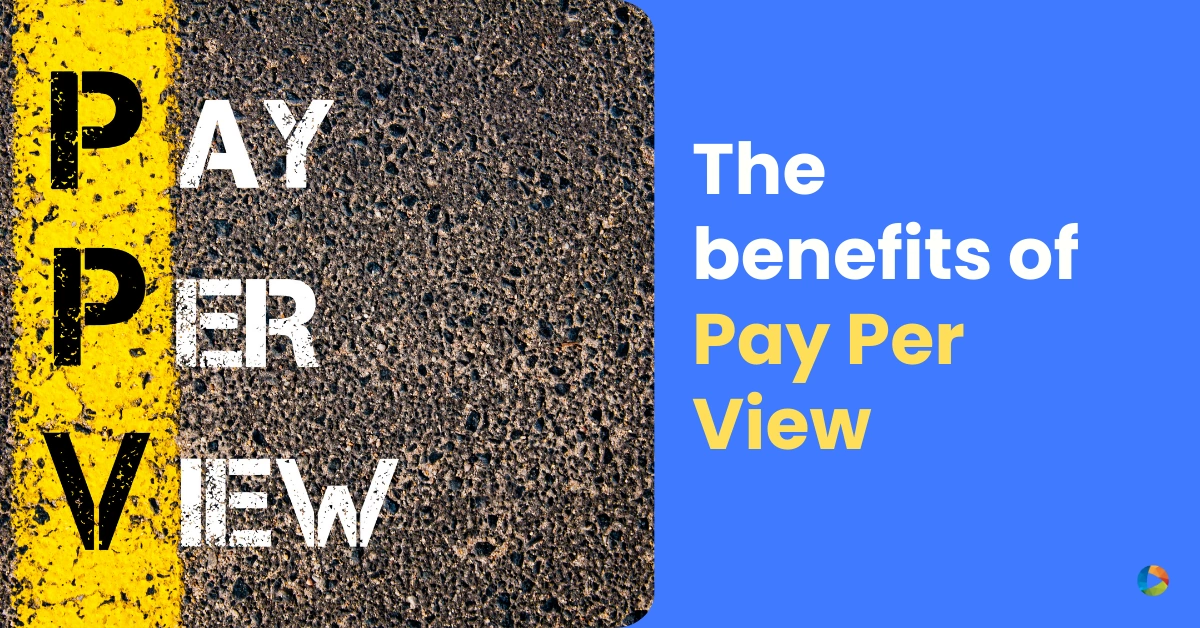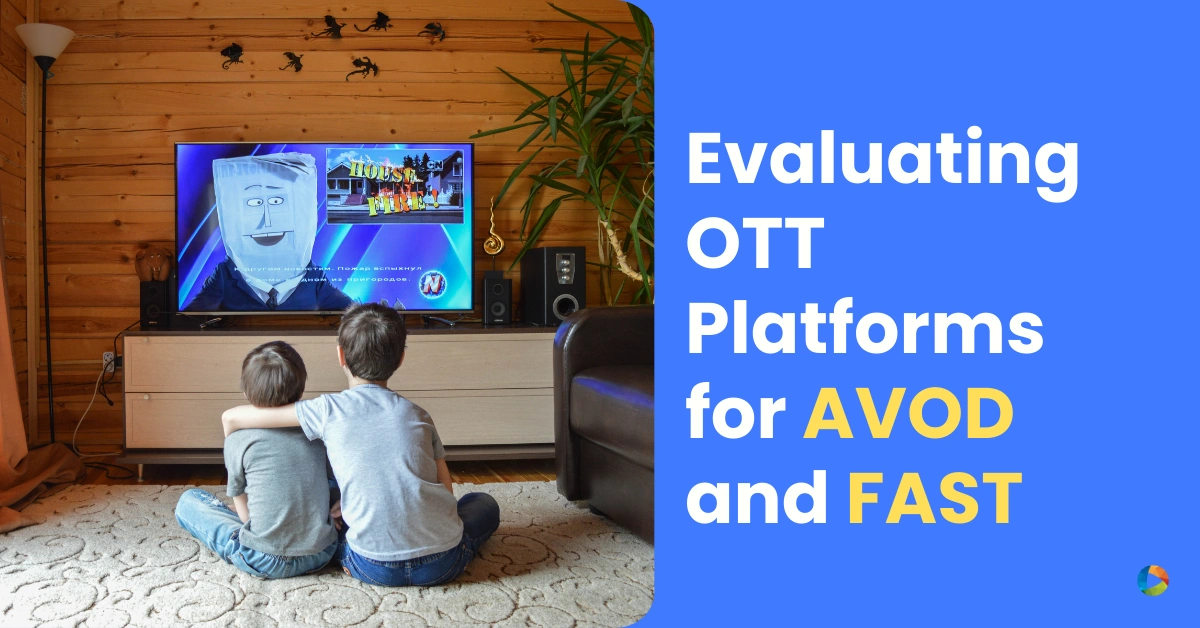Should you build your own OTT platform or use a SaaS service to build one?
Last Updated on March 31, 2023 by Anjana Devi
You have built a great community on social platforms and continue to build and engage your audience with great content. You have now decided to start your own internet streaming service and want to know if you should go for a SaaS-based technology platform or build your own technology stack to power your streaming service. The answer to this question is specific to each content owner, and, you need to understand what it takes if you were to build your own tech stack.
Any internet streaming service like Netflix, or Hulu, first needs to be available across a wide variety of endpoints – web/mobile sites, mobile apps, and connected TV apps. Building each one of these destinations not only needs platform-specific skills, but also needs you to invest in a video platform, video ad server, payment, and user management system. This would not only be time-consuming and costly, but you also need people (development, systems, product managers, QA) who are well-versed in putting together a winning technology stack and help you provide great quality of service to your audience.
Putting together an internet streaming service is only a part of the story; scaling, enhancing, and supporting the platform as you grow is equally a time consuming and expensive task. It is fair to say that if you are a huge content powerhouse entrenched in traditional media and have deep pockets, and are looking to capture the future on video consumption medium, it’s probably worth investing in your own technology platform. But if you are a content creator like the rest of the tens of thousands, it’s best to explore a SaaS solution for your streaming service and focus on what you are good at – making great and engaging content.
With SaaS providers like Ventuno, you can launch your video streaming service for web, mobile, and TV in just 24 hours. You don’t need to spend months of time and money on development. Managing your service becomes a breeze as you can use a single platform to manage your content, payment, ads, and analytics. SaaS platforms let you have full control over your monetization strategy (whether it is to run ads, charge your subscribers a recurring fee or sell individual videos) and lets you keep 100% of your revenue.
Here is a table which summarizes the differences between building your own OTT platform and using a SaaS service:
Building your own OTT platform | Using a SaaS service for your OTT platform | |
Useful for | Big content creators who have serious money and resources to develop and maintain themselves | Small and medium content creators who want to quickly launch their service and earn money from day one |
Cost | At least $100,000 in salaries for developers, product managers, QA’s and additional salary overhead for maintenance team Serious investment in technology (video platform, ad server, CDN, servers, payment gateway) Streaming, storage and encoding cost | There are only 2 types of cost: Platform fee ($500 – $4000/ month) Streaming, storage, and encoding cost. This cost is variable and depends on the usage. No additional cost other than mentioned above. Your existing team can be taught to use the platform |
Development time | High (6-12 months) | Low (1-2 days to 4-6 weeks depending on the complexity) |
Maintenance time | High Need to rely on developers even for small changes Content producers waste time in uploading and managing videos on multiple destinations | Low Make changes to your content, front-end, payment from the platform itself Manage and syndicate videos to all destinations from a single place |
Resources needed | Developers, Product managers, QA, Content producers | Content producers |
Looking to launch your streaming app?



